'Floating Cosmograph' Dial 16520 Rolex Daytona
Call it Mark 1 or ‘Floating’, but when the Cosmograph line detaches from the rest of the signature on a 16520, it’s the one to have. Unless it’s a Patrizzi. Or Tiffany. Or, actually, porcelain. In white dials, a section of Floating Cosmograph production had that prized porcelain dial construction. But black Floating dials are just, well, normal black. They don’t align with the Patrizzi window. They’re not separated by anything other than the space between the bottom of OC and top of C. But that’s enough.

The difference between the Mark 1 and Mark 2 is that Rolex felt the need to brag in the first outing of the automatic Daytona. The line Officially Certified was done away with. Some collectors prefer that breathing room on a Mark 2, particularly because all those 5 lines have come back since. It should also be noted that the bezels changed as well, where early series are graduated up to 200, latter series hit 400. The floating black dial is notable simply because it was the first. This was the first very, very desirable Daytona at a time when manual 6265s weren’t valuable enough to even trade in at most watch shops. For roughly one year at the start of the Zenith Daytona in 1988 until 1989, it looked like this. It’s the one that started wait lists, the Cosmograph line was detached to start. It’s genesis via Zenith. Plus 200 modifications or so Rolex said. Maybe that’s why the first bezel graduates to 200.

Now, collectors always go crazy for the very desirable porcelain white Floating Cosmograph. In the same way that the cream dial 16550 is the start while the black dial 16550 is a bit overlooked. The black Floating Cosmograph deserves the same warm reception. Yeah, it’s just a small dial tweak. But that’s what vintage Rolex is. And this one has big, big significance. Is a manual Daytona sexier today? Let’s not mince words: definitely. Yet, it wasn’t always this way. In 1989, you couldn’t have paid someone to pick up a 6263. Yet, these had a wait list. It’s references like these that built the foundation of what Rolex stands on today.

This example is a standout in a few ways. It's from its first owner, which makes all the difference. The case is full, fantastic edges, and it's obviously been extremely well cared for. Plus, it has the set: the full works. It comes from a well-regraded Japanese retailer.






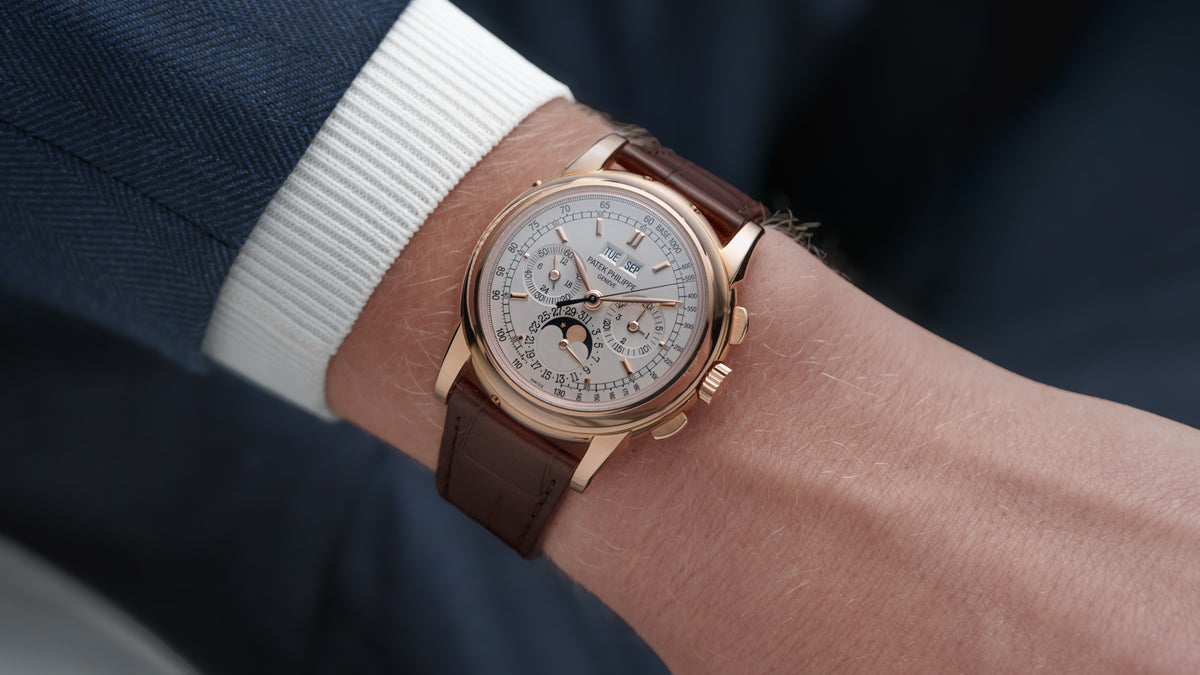
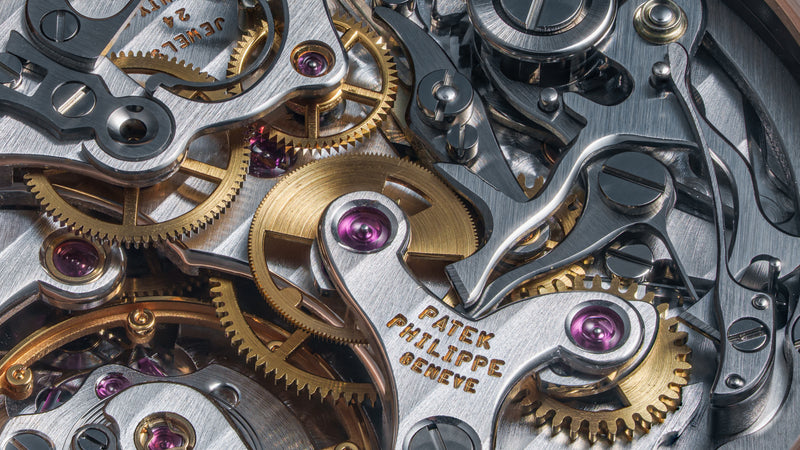
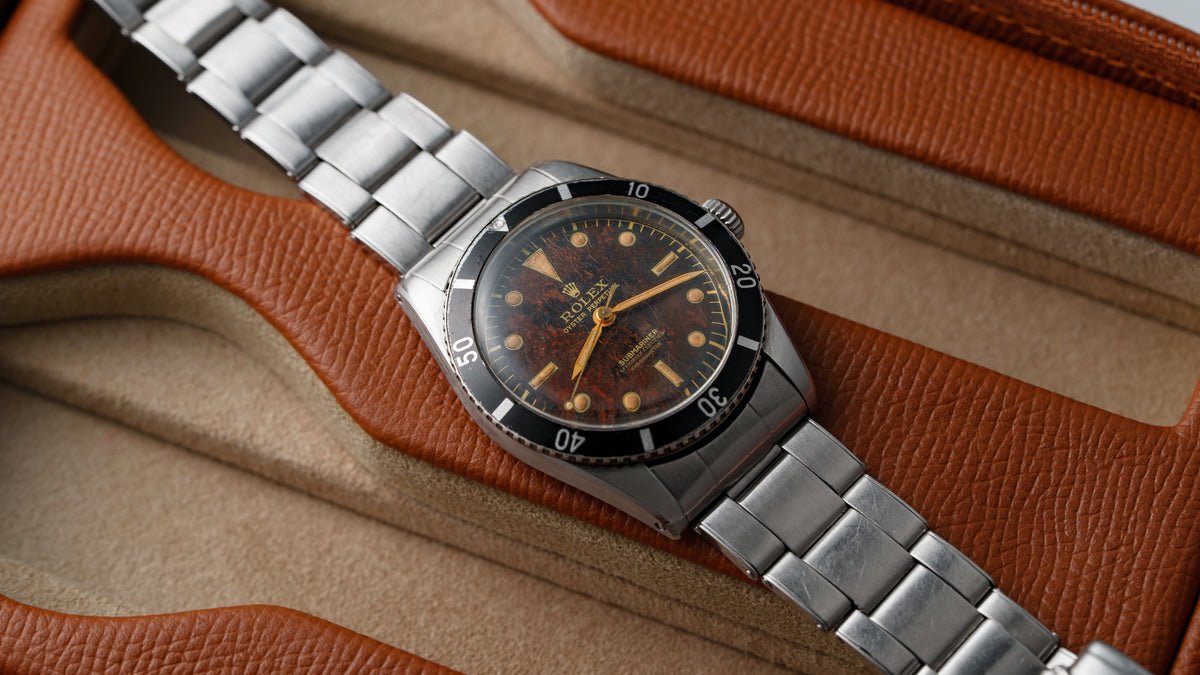
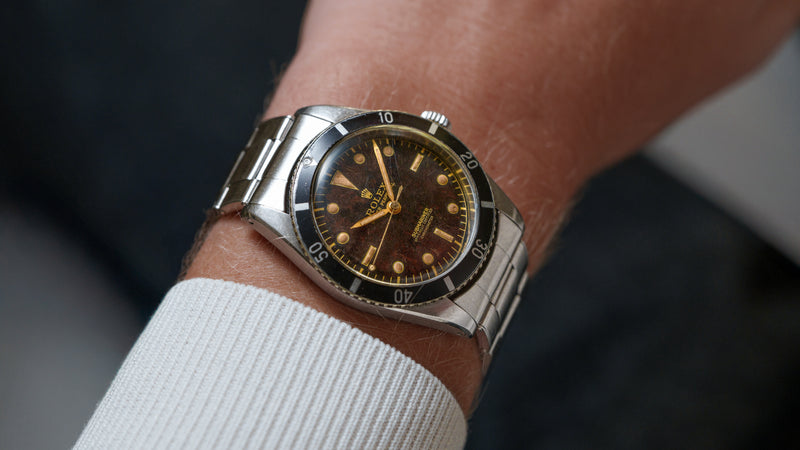
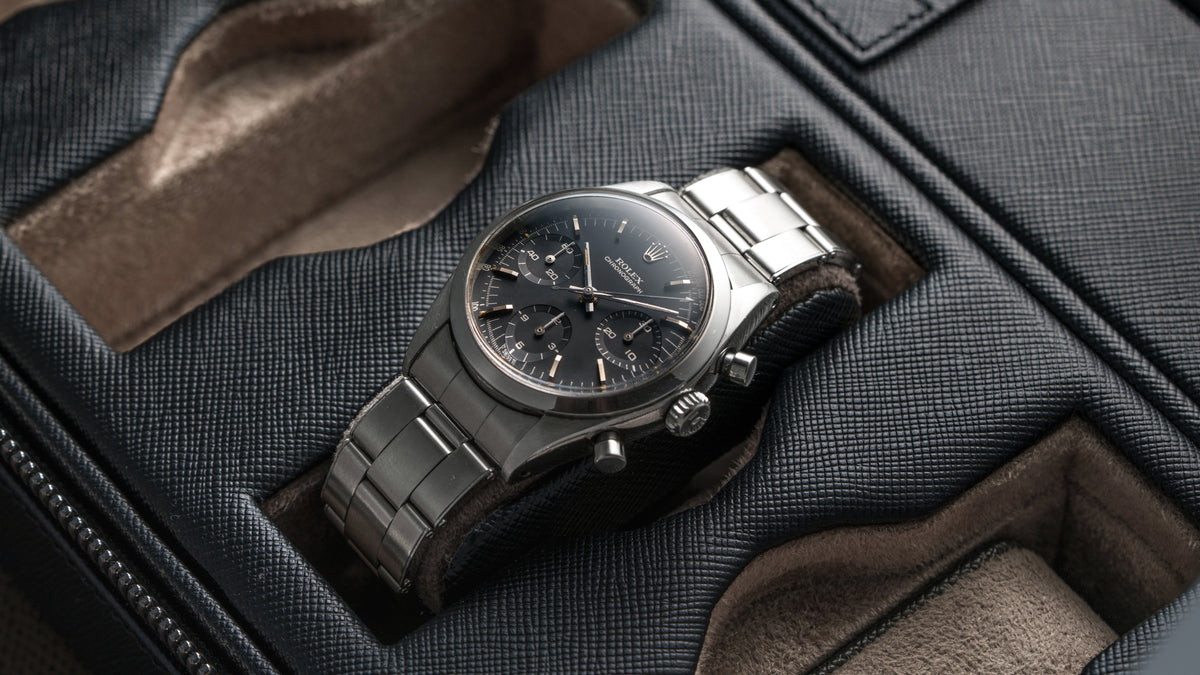
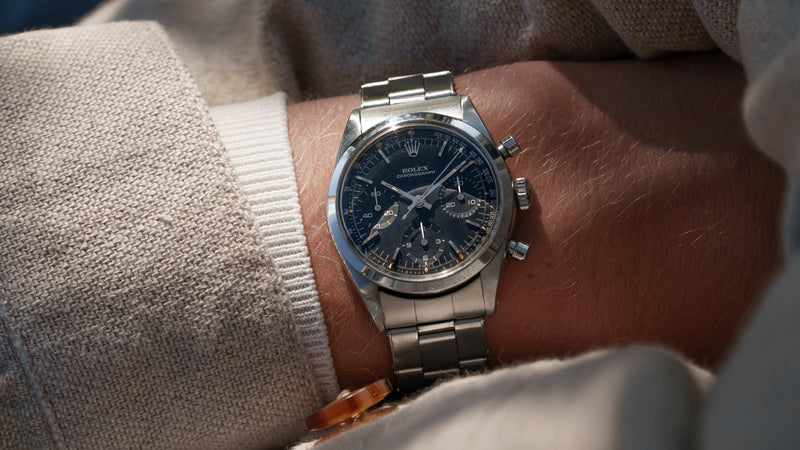
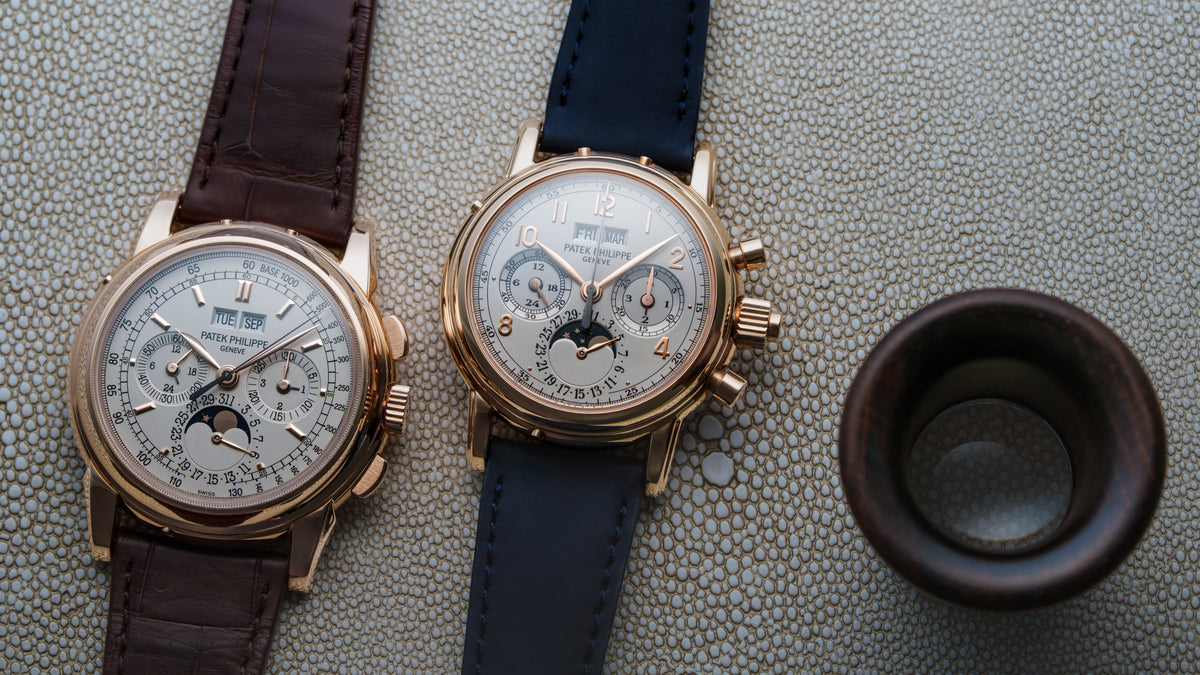
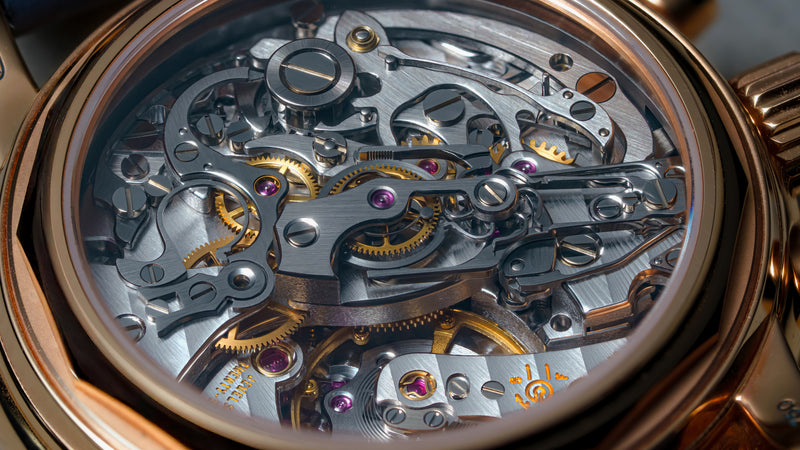
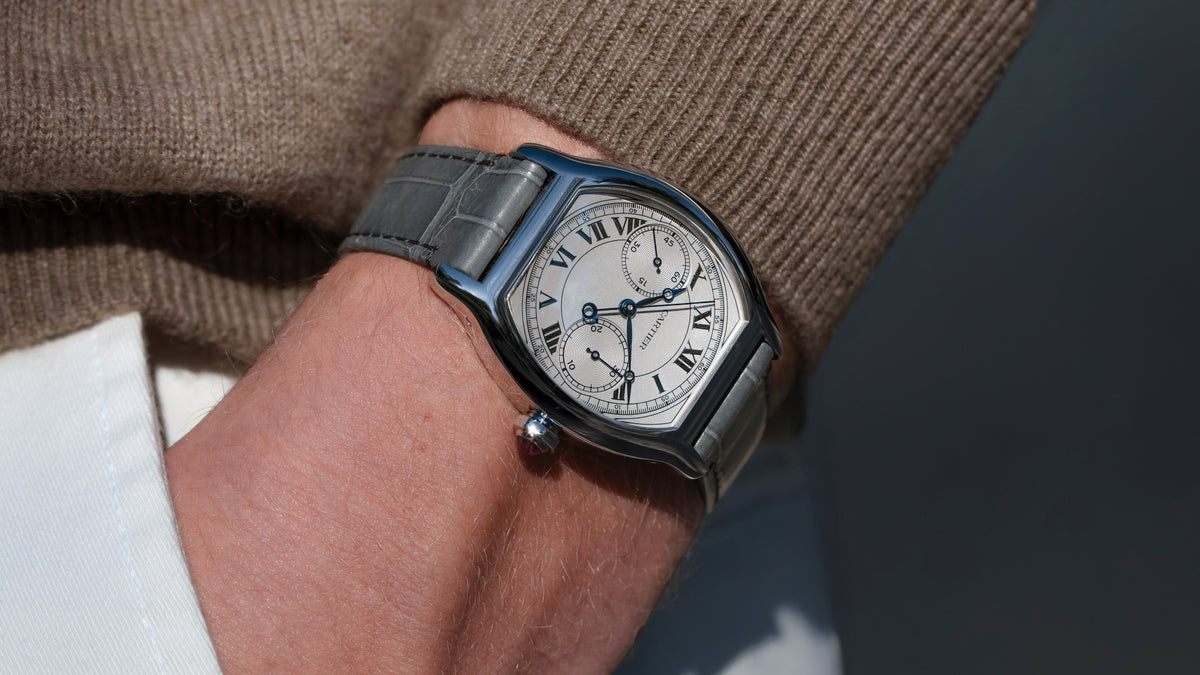
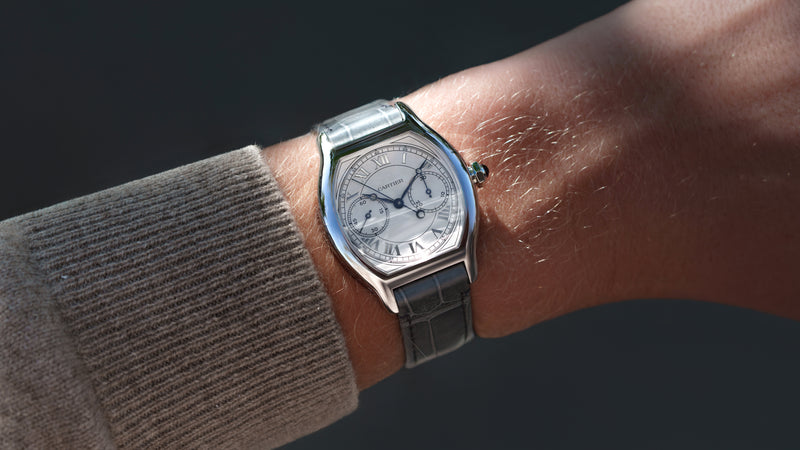







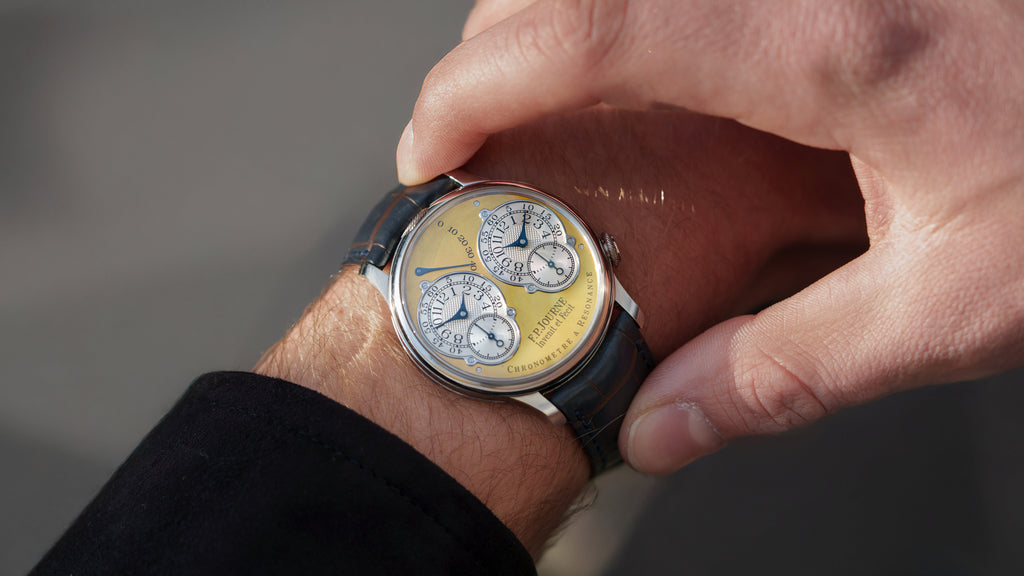
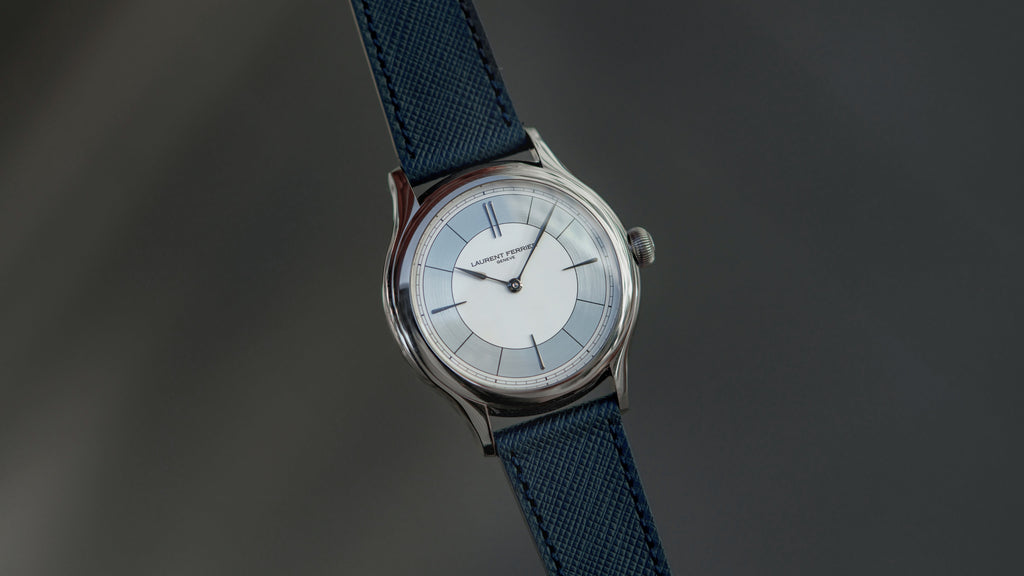

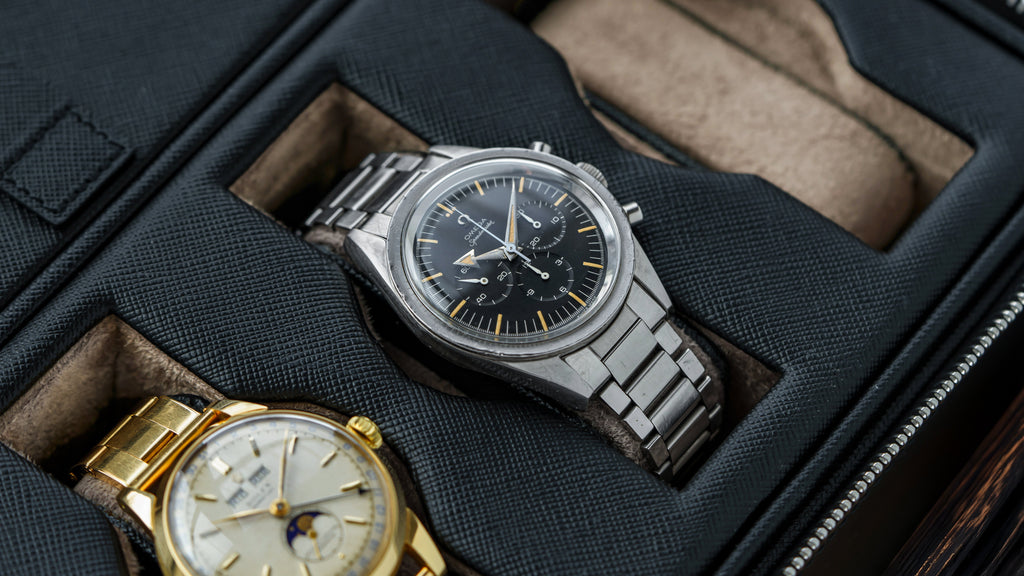
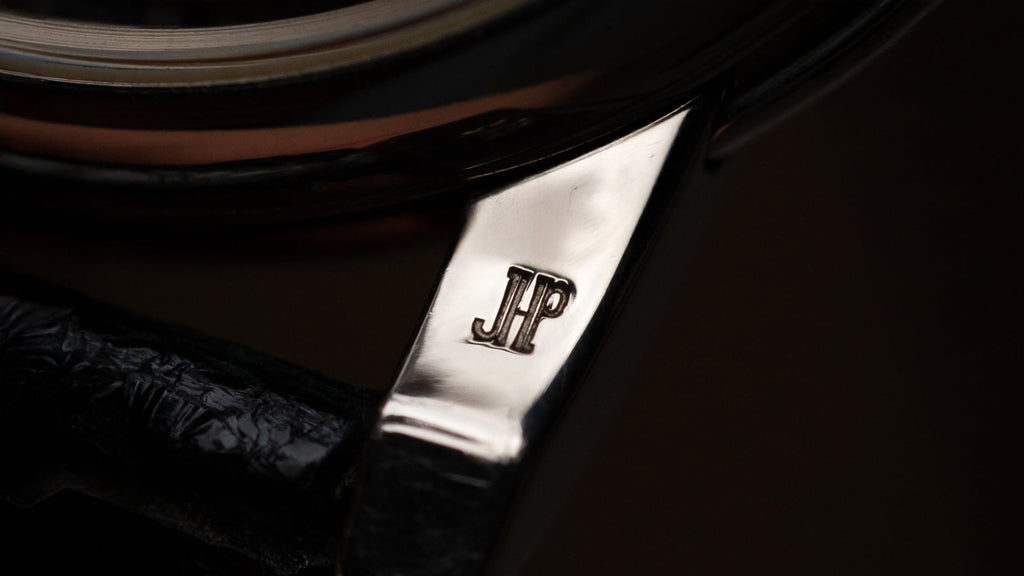
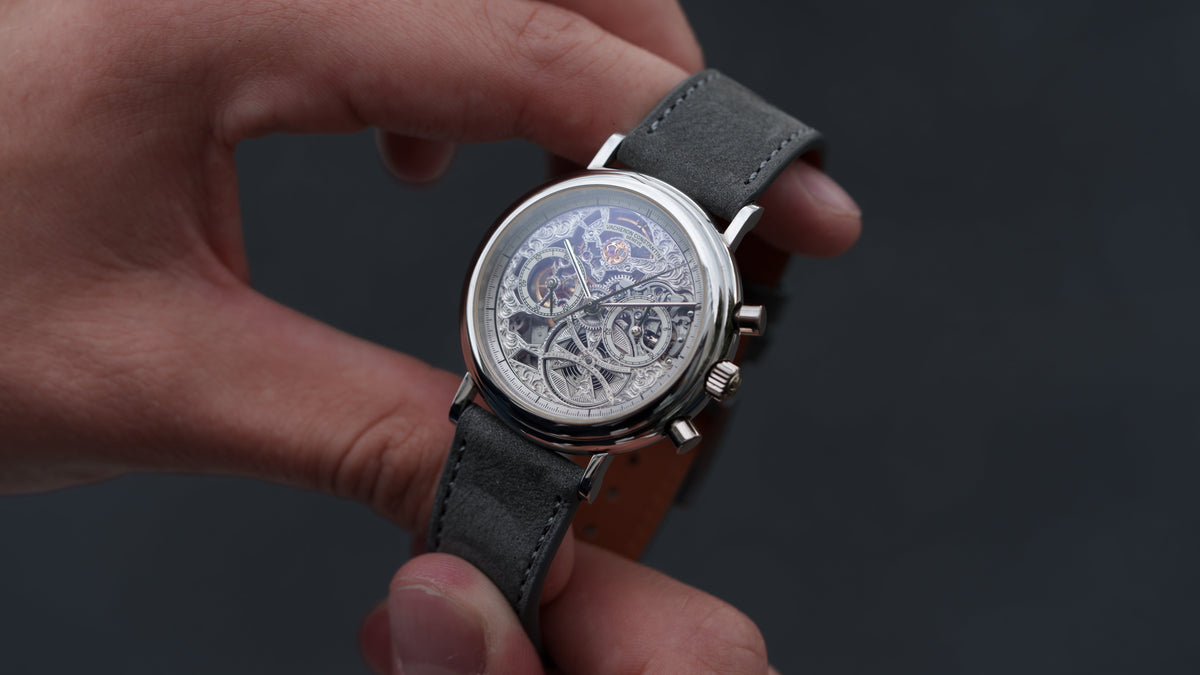
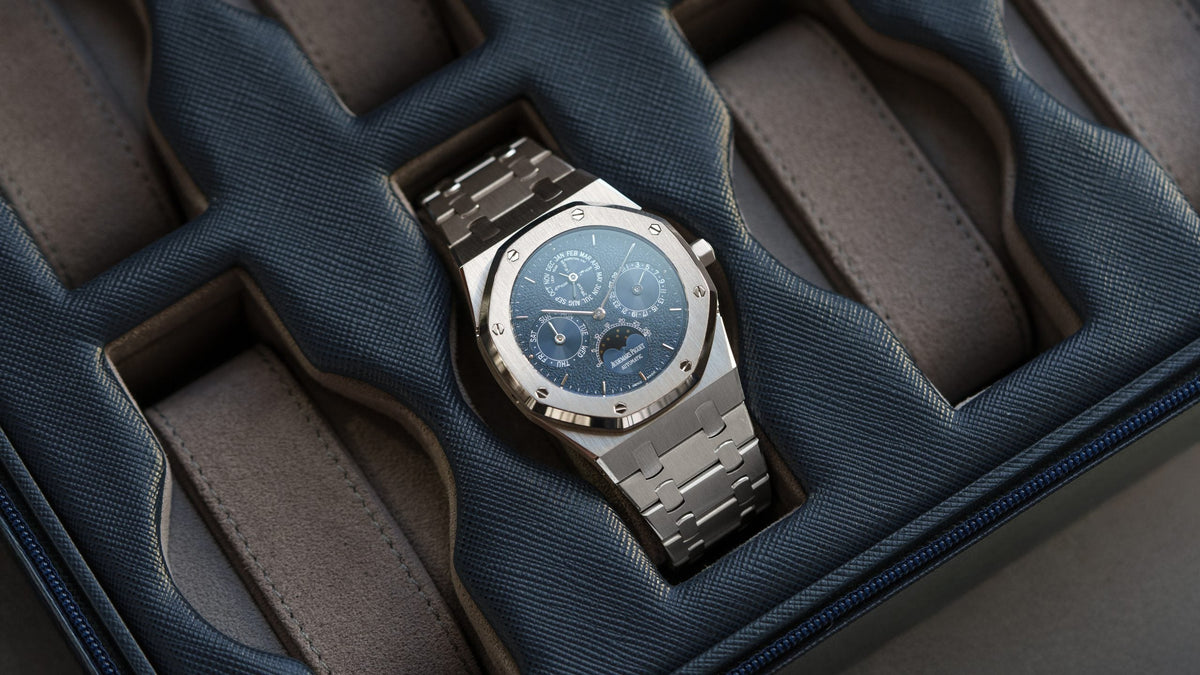
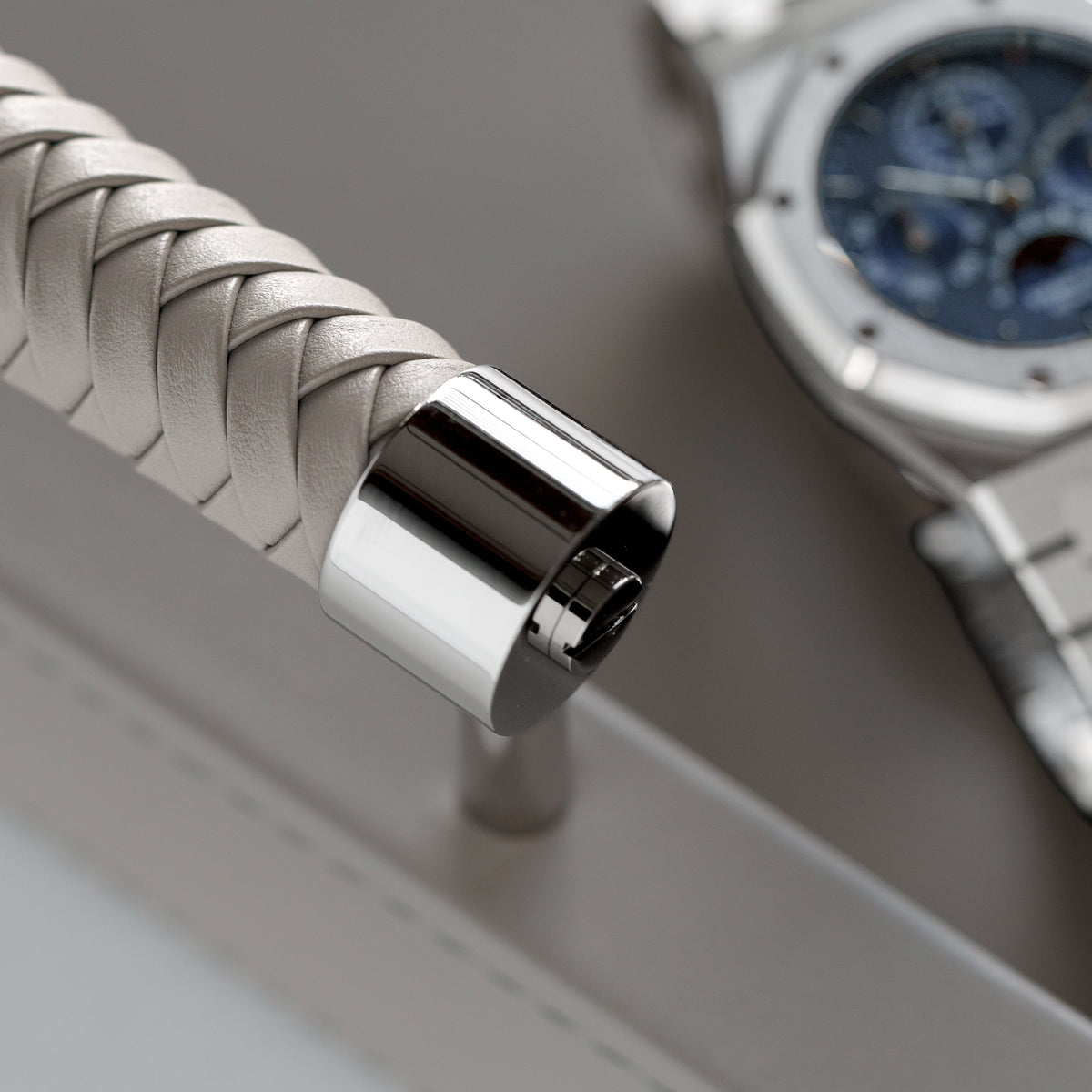
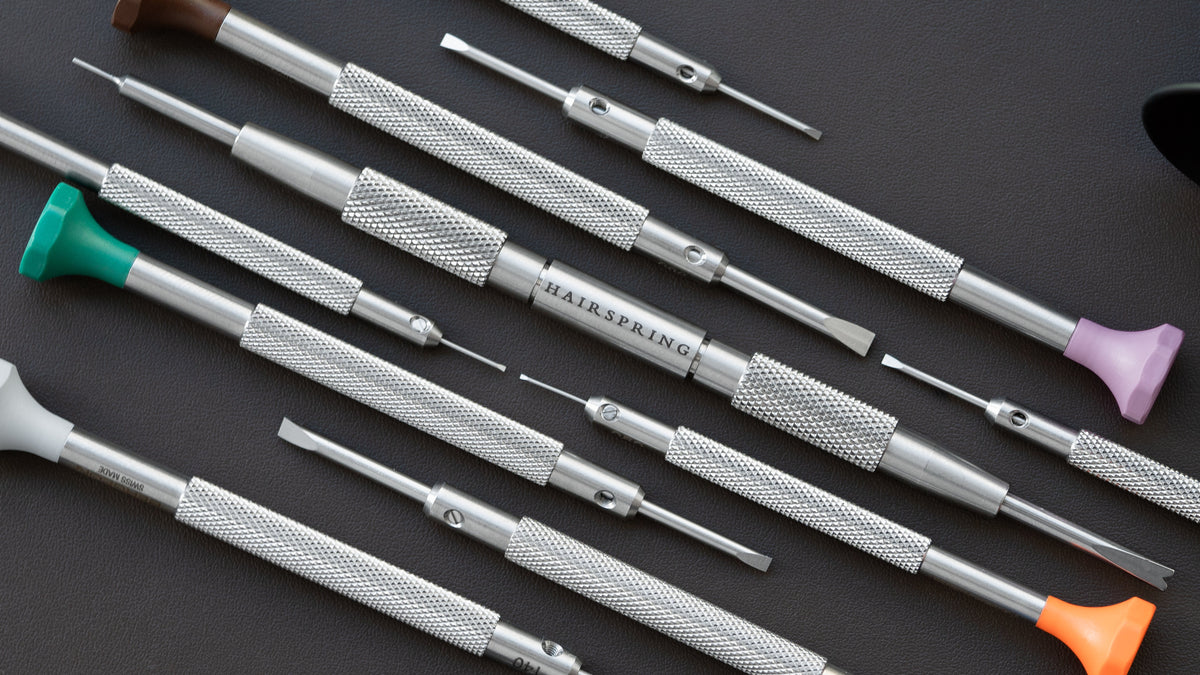
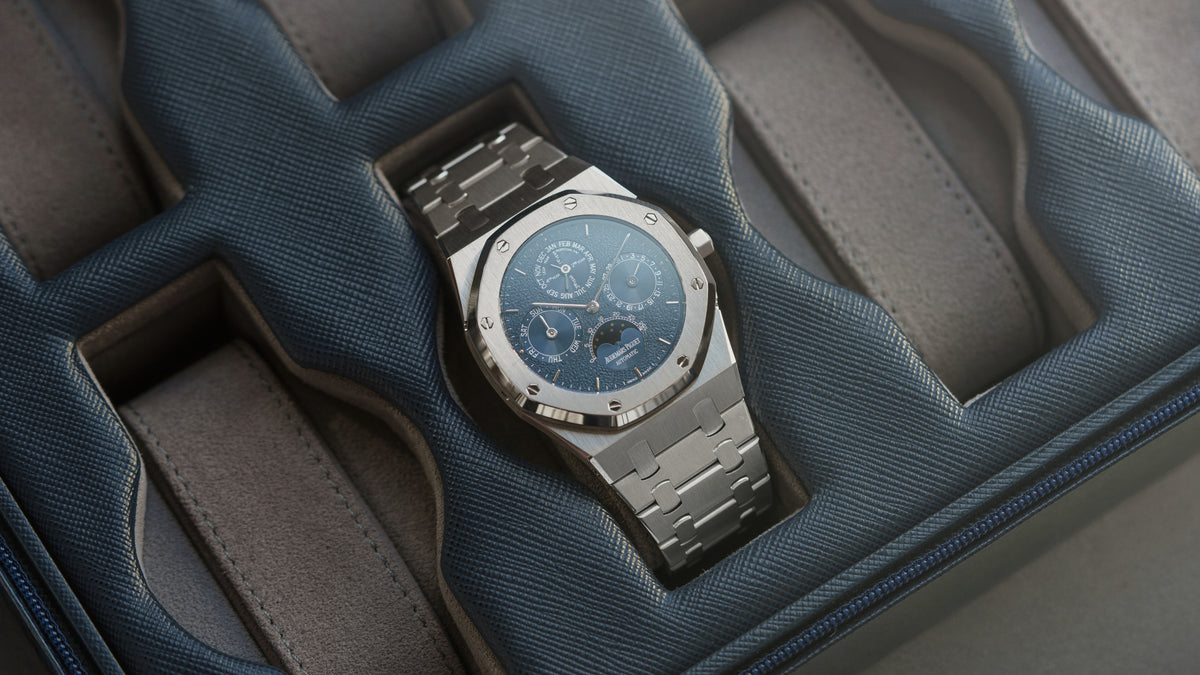
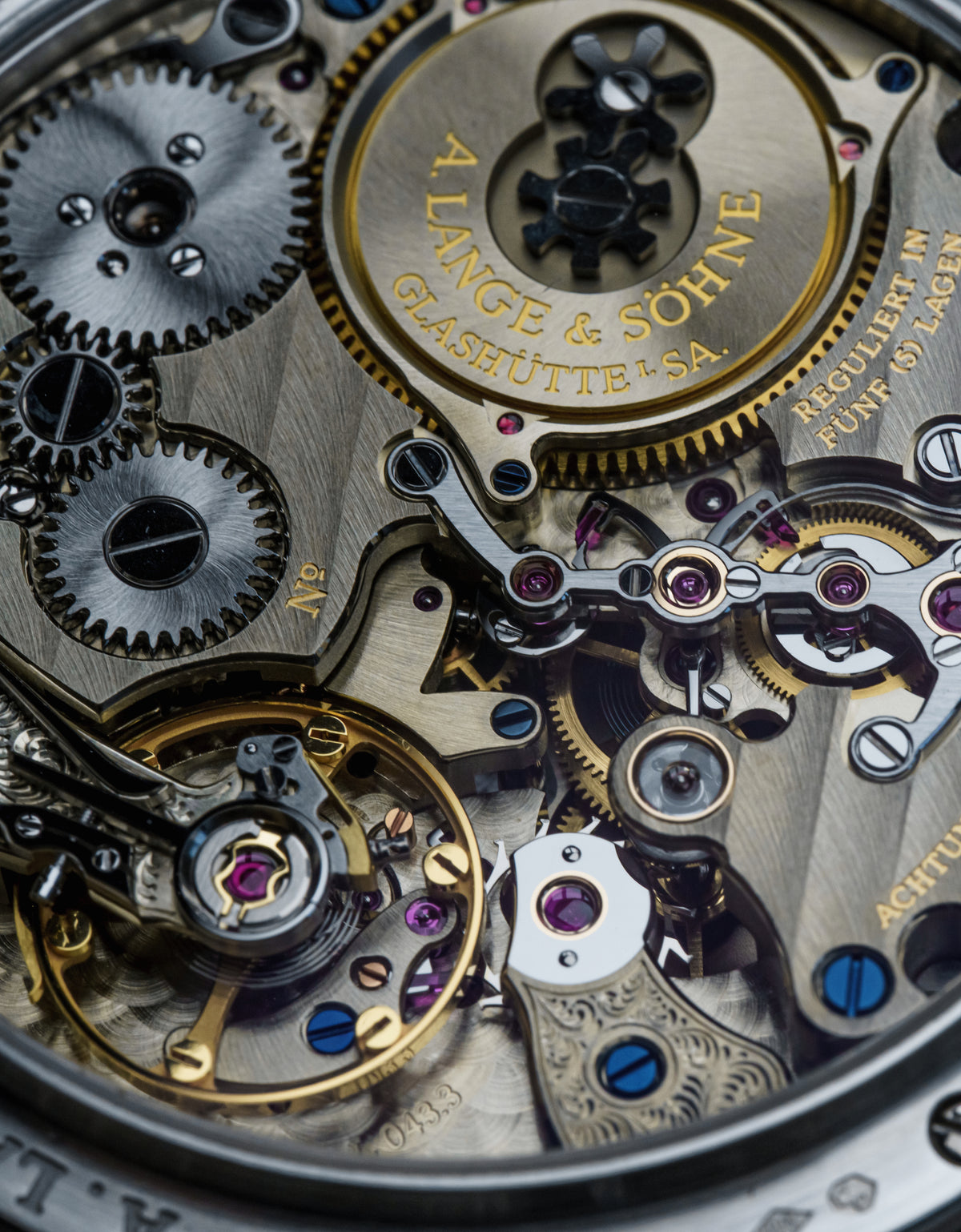
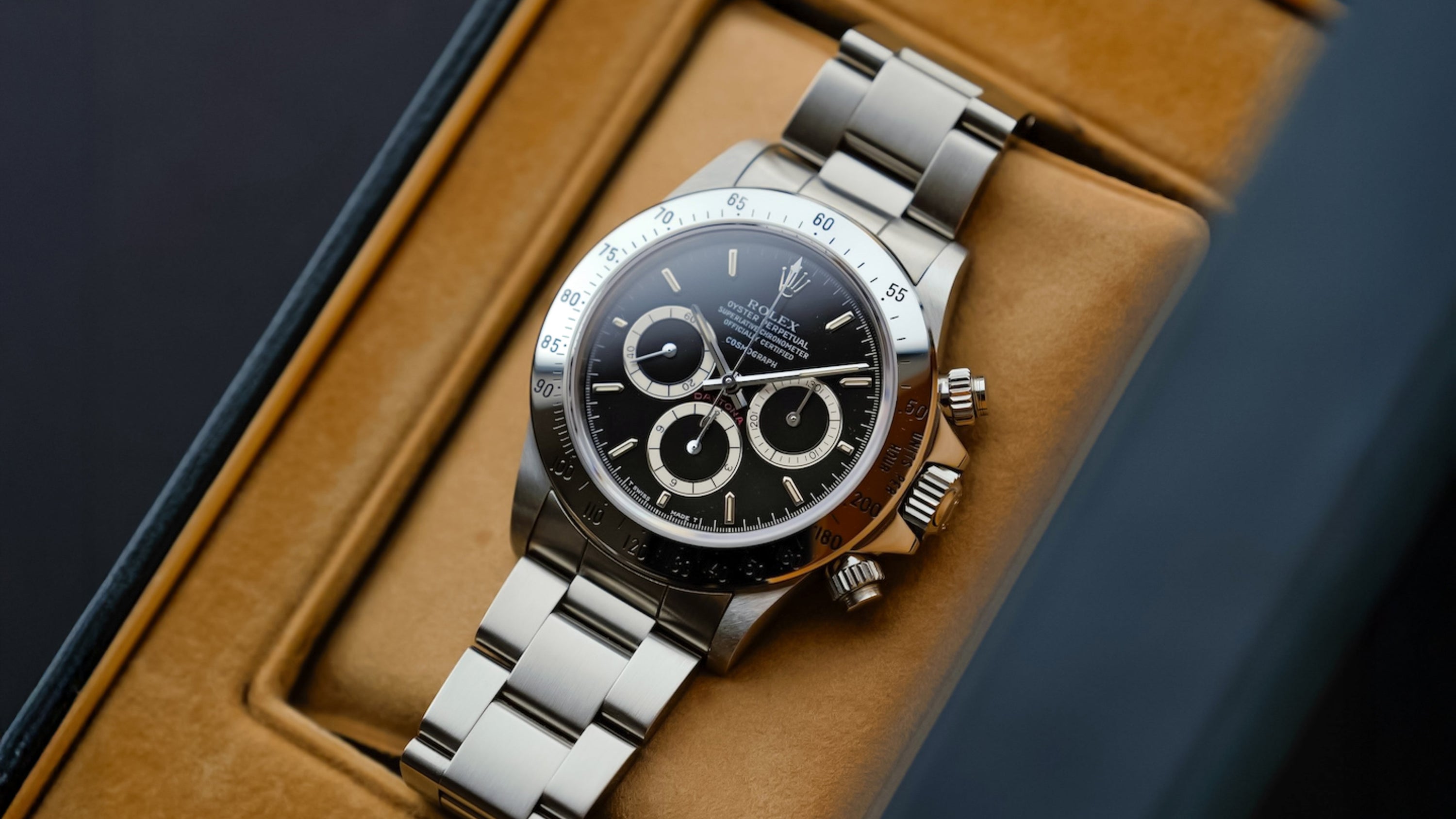
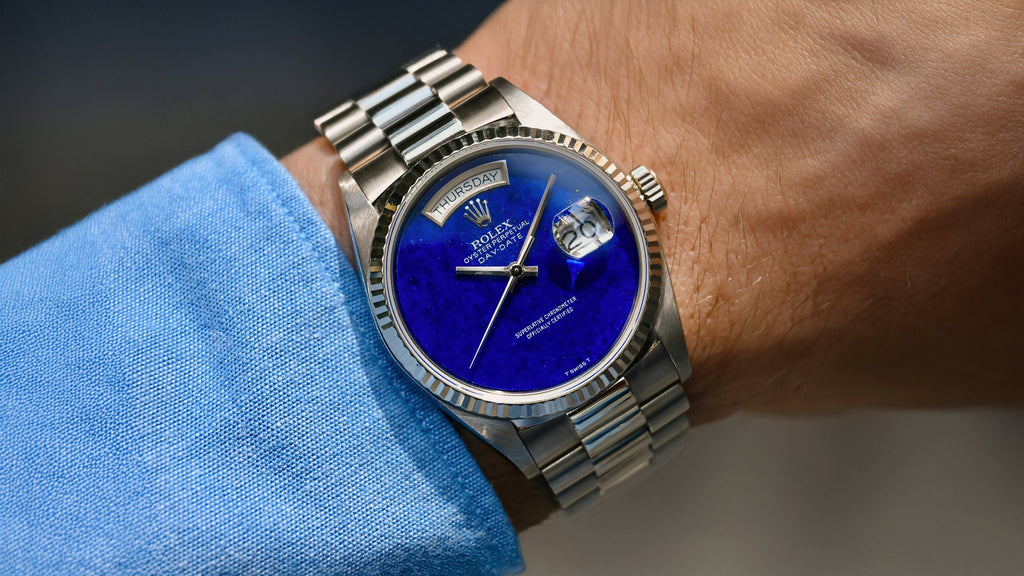
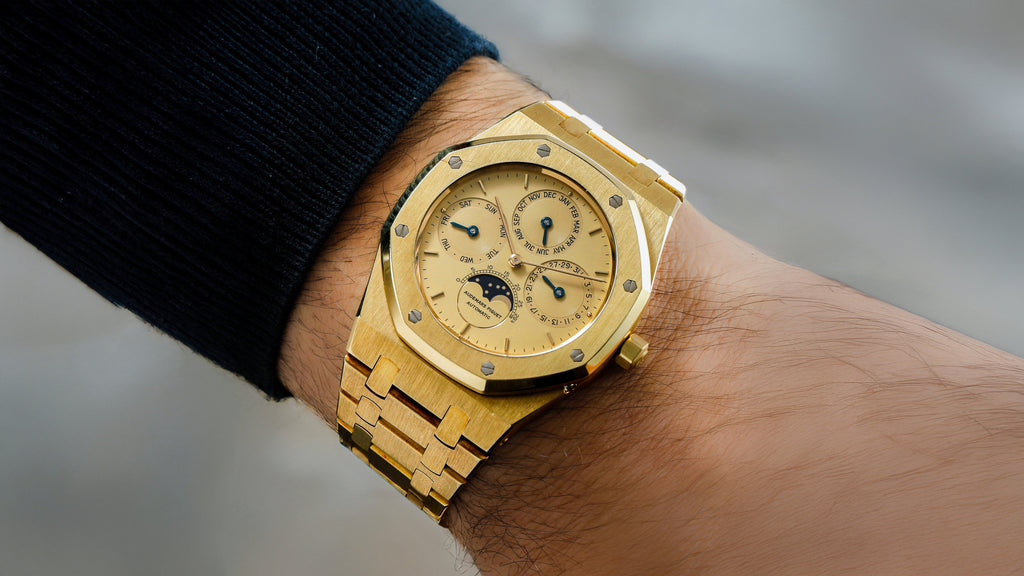
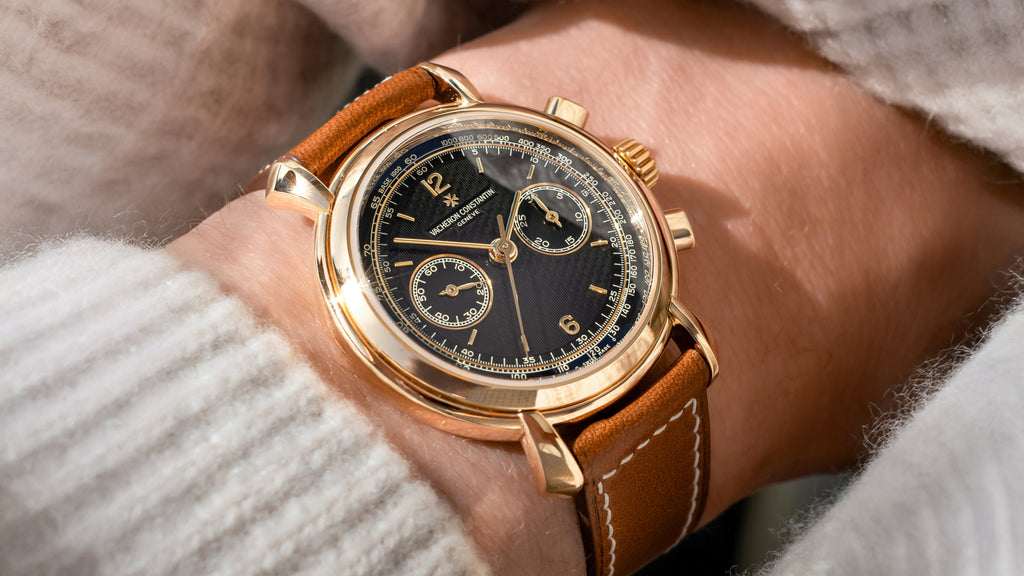
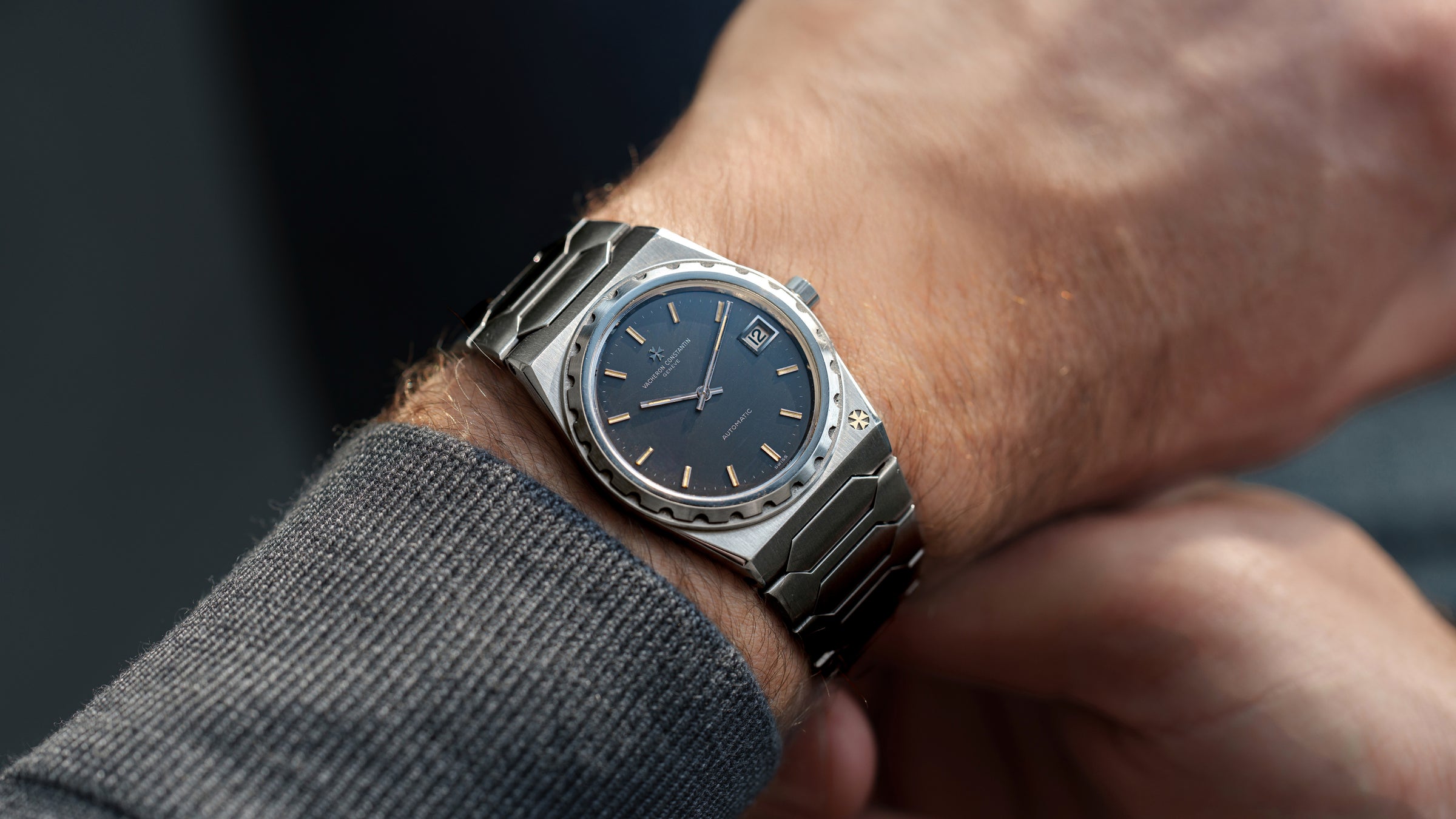
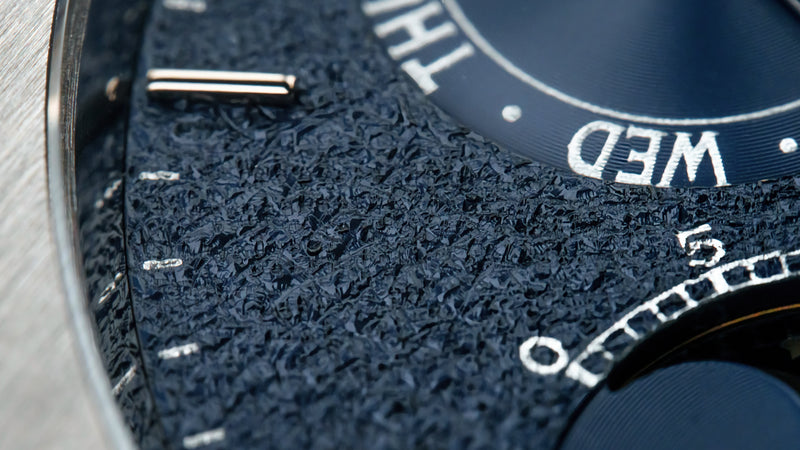

0 comments
Write a Comment